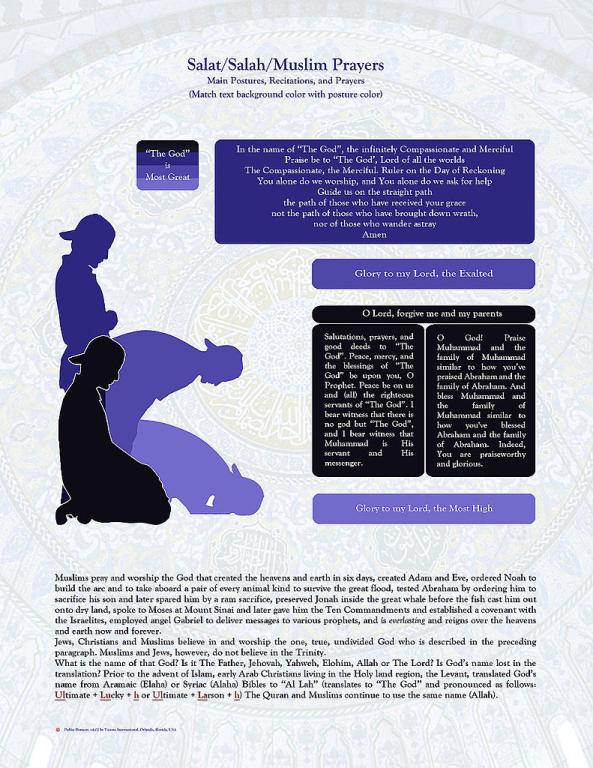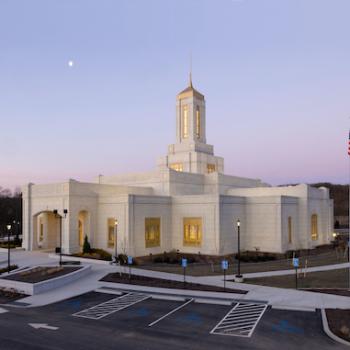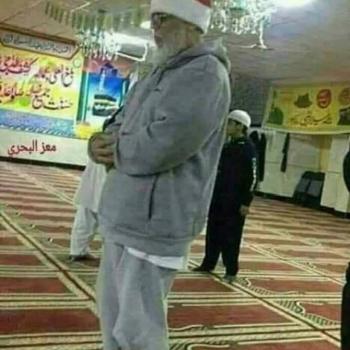
(Wikimedia Commons public domain image)
There are essentially two kinds of prayer in Islam. The one with which we in the West are most familiar is, paradoxically, the one most foreign to us. This is the formal prayer known as salat.[1] Five times daily—at sunrise, midday, afternoon, evening, and night— pious Muslims prostrate themselves before God, bowing low and touching foreheads to the ground a fixed number of times. A somewhat complex set of gestures and motions accompanies the recitation of certain phrases during these prayers, which actually resemble some sort of liturgical worship more than they do the kinds of prayers that Latter-day Saints generally offer. The other kind of prayer is far more spontaneous and lacks the prescribed recitations and motions. It can be offered anywhere and at any time and is quite similar to private Christian prayer.
The liturgical prayers, too, can be performed anywhere, and there is little shyness among Muslims about offering them in public. Male Muslims should, whenever possible, perform the Friday noon prayer in a formal Islamic place of worship known as a “mosque.”[2] (Female Muslims may also attend the mosque but are not obliged to do so.) In the mosque, worshipers line up in rows behind a man bearing the title of imam.[3] Closely following his actions as he prays, they move in impressive unison. They are praying toward Mecca, the holy city of Islam. The direction of that city is marked on the wall by a recessed niche known as a mihrab, which is invariably the most elaborately decorated spot in the mosque. (It is a common misconception among Westerners, by the way, that Muslims pray toward the east. This may derive from the fact that the West is in the west. Thus, any Muslims that we are likely to encounter will tend to pray toward the east. In fact, Muslims pray toward Mecca. Therefore, the direction of their prayer will vary depending upon where they are and the direction of Mecca. If they are south of Mecca, they will pray to the north. Indonesian Muslims pray roughly toward the west.) It is necessary to make ablutions—that is, to wash oneself until one is ritually clean—before prayer, and virtually every mosque will have a fountain for this purpose. Sometimes these ablution fountains are architectural landmarks in their own right; in many modern mosques, on the other hand, they are simple water spigots. If no water is available, sand may be used in its stead.[4]
[1] The emphasis is on the second syllable: “sa-LAT.”
[2] The English word is a corruption of the Arabic masjid, meaning “a place of prostration.”
[3] From the Arabic preposition amama, meaning “in front of,” the word is pronounced “ih-MAM,” with the emphasis on the second syllable. In Sunni Islam, the imam is simply a prayer leader in a mosque. Among the Shiites, the term has come to signify the true leader of all Islam—a descendant of Ali—or his stand-in.
[4] 4:43; 5:6.












